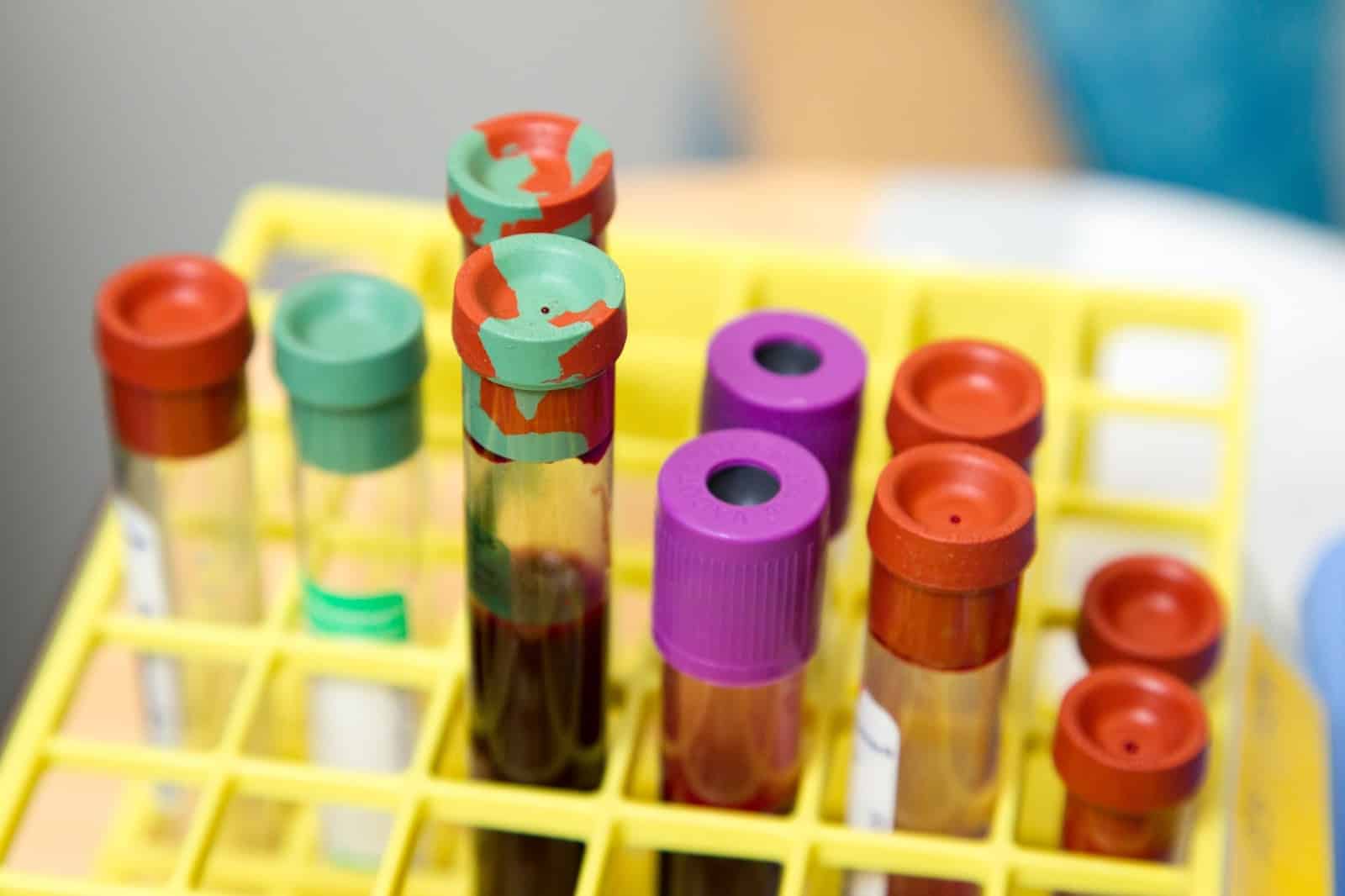Cord blood banking has become increasingly important in recent years due to its potential to treat various diseases and conditions.
The stem cells found in cord blood can regenerate and repair damaged tissues, making them a valuable resource for medical treatments.
However, the high costs of cord blood banking have made it inaccessible to many individuals and families.
As a result, there is an urgent need for affordable options that provide quality care, ensuring that everyone has access to this life-saving technology.
This article will explore the importance of cord blood banking and discuss the need for affordable options and quality care to balance accessibility and effectiveness.
What Is Cord Blood Banking?

Removing and preserving the blood from a newborn baby’s umbilical cord is known as “cord blood banking.”
This blood is rich in stem cells, which have the potential to treat various diseases and conditions. By banking cord blood, these valuable stem cells can be preserved for future use by the baby or their family members.
The benefits of cord blood banking are immense, as it offers a source of stem cells that can be used in regenerative medicine and potentially save lives.
Diseases such as leukemia, lymphoma, and certain genetic disorders can be treated with cord blood stem cells.
Additionally, cord blood has a unique advantage over other sources of stem cells, as it is readily available at the time of birth and does not require invasive procedures to obtain.
Cord blood collection is safe, painless, and highly likely to match babies or siblings, making it an excellent option for transplantation. Families can have peace of mind with a valuable resource.
The Cost Factor

Cord blood banking is a significant investment for families, with initial enrollment and annual storage fees.
However, it’s crucial to consider the potential long-term benefits and savings.
Accessing cord blood stem cells through public banks or private donors can be expensive, so weighing the costs against the potential cost savings and medical advantages is essential.
Examining the costs associated with cord blood banking is crucial. You must follow these measures to ensure a cost-effective choice:
- Be aware of this investment’s initial enrollment fees and annual storage fees.
- Consider the potential long-term benefits and savings that cord blood banking can provide.
- Assess the cost of cord blood stem cells through public banks or private donors.
- Compare different pricing models.
- Weigh the costs against the potential cost savings and medical advantages.
Affordable Options Available

Cord blood banking offers affordable options for families, but initial enrollment and annual storage fees must be considered. Comparing pricing models and weighing costs against potential savings and medical advantages is crucial for informed decision-making.
Here are the two options for affordable cord blood banking:
Public Cord Blood Banks
These cord blood banks are the most affordable for preserving cord blood stem cells. These banks gather donated cord blood and make it available to anyone in need, regardless of their financial situation. While there can be a little payment for the first collection, cord blood storage and upkeep are free.
Financial Assistance Programs By Private Banks
Private cord blood banks often offer financial assistance programs to make cord blood banking more affordable. These programs can include discounts, payment plans, or grants to help cover the cost of collection and storage.
These options allow families to bank their baby’s cord blood for future use without experiencing a significant financial burden.
Expectant parents must research and compare private banks to find the best financial assistance program for their needs and budget.
Ensuring Quality Care
Accreditation ensures that the bank meets certain quality standards and follows best practices in collecting, processing, and storing cord blood.
Certifications, on the other hand, provide additional reassurance of the bank’s expertise and compliance with specific industry guidelines.
Some reputable accreditations and certifications to look for include the following:
- AABB accreditation.
- FDA registration.
- FACT accreditation.
- CLIA certification.
By choosing a bank with these credentials, parents can have peace of mind knowing that their baby’s cord blood will be handled with the highest level of care and professionalism.
Making An Informed Decision
When evaluating a cord blood bank, it is important to consider its reputation and track record. Look for banks with a strong industry reputation and a proven track record of success.
Reading customer reviews and testimonials can provide valuable insights into the experiences of other parents.
Additionally, consider factors such as the bank’s years of experience, number of successful transplants, and any notable achievements or partnerships they have.
Parents can choose where to store their child’s cord blood in an informed manner by carefully assessing a bank’s reputation and performance record.





